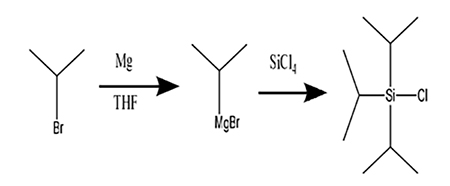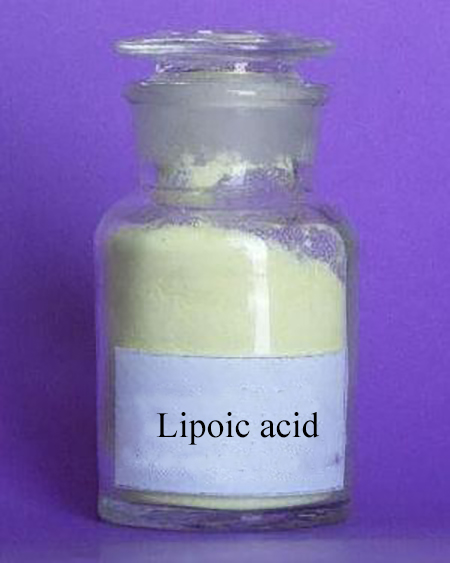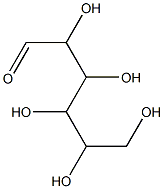Important chemical materials - sodium carboxymethyl cellulose
Apr 8,2022
Introduction
Natural cellulose is the most widely distributed and most abundant polysaccharide in nature, and its sources are very rich[1]. The current modification technology of cellulose mainly focuses on etherification and esterification. Carboxymethylation is a kind of etherification technology. Carboxymethyl cellulose (CMC) is obtained after carboxymethylation of cellulose. Its aqueous solution has the functions of thickening, film-forming, bonding, water retention, colloid protection, emulsification and suspension, and is widely used in petroleum, food, medicine, etc. , textile and paper industries, is one of the most important cellulose ethers.
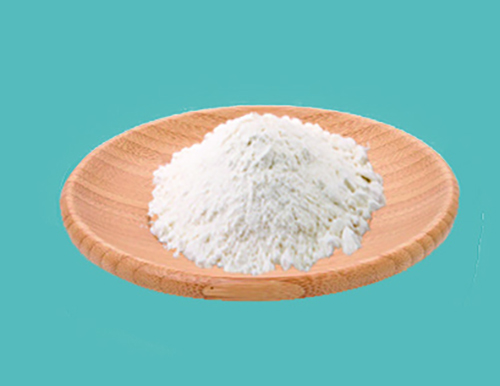
Picture 1 Carboxymethyl cellulose powders
Physical properties of sodium carboxymethyl cellulose
Sodium carboxymethyl cellulose (CMC) is an anionic cellulose ether, with white or slightly yellow flocculent fiber powder or white powder appearance, odorless, tasteless, non-toxic; easily soluble in cold water or hot water, forming a certain viscosity clear solution[2]. The solution is neutral or slightly alkaline, insoluble in ethanol, ether, isopropanol, acetone and other organic solvents, soluble in 60% water-containing ethanol or acetone solution. It is hygroscopic, stable to light and heat, the viscosity decreases with the increase of temperature, the solution is stable at pH 2-10, pH is lower than 2, there is solid precipitation, and the viscosity decreases when pH is higher than 10. The discoloration temperature is 227℃, the carbonization temperature is 252℃, and the surface tension of 2% aqueous solution is 71mn/n.
Chemical Properties of Sodium Carboxymethyl Cellulose
It is prepared from cellulose derivatives of carboxymethyl substituents, treating cellulose with sodium hydroxide to form alkali cellulose, and then reacting with monochloroacetic acid. The glucose unit that constitutes cellulose has 3 hydroxyl groups that can be replaced, so products with different degrees of substitution can be obtained. On average, 1 mmol of carboxymethyl was introduced per 1 g of dry weight, which is insoluble in water and dilute acid, but can be swelled and used for ion exchange chromatography. Carboxymethyl pKa is about 4 in pure water and about 3.5 in 0.5mol/L NaCl. It is a weakly acidic cation exchanger and is usually used for the separation of neutral and basic proteins at pH>4. More than 40% of the hydroxyl groups are replaced by carboxymethyl groups, which can be dissolved in water to form a stable high-viscosity colloidal solution.
The main use of sodium carboxymethyl cellulose
Carboxymethyl cellulose (CMC) is a non-toxic and odorless white flocculent powder with stable performance and is easily soluble in water. Its aqueous solution is a neutral or alkaline transparent viscous liquid, soluble in other water-soluble glues and resins, and insoluble. in organic solvents such as ethanol. CMC can be used as adhesive, thickener, suspending agent, emulsifier, dispersant, stabilizer, sizing agent, etc. Sodium carboxymethyl cellulose (CMC) is the product with the largest output, the most widely used and the most convenient use among cellulose ethers, commonly known as "industrial monosodium glutamate".
Sodium carboxymethyl cellulose can be used in oil and natural gas drilling, well digging and other projects. The mud containing CMC can make the well wall form a thin and firm filter cake with low permeability, which reduces the water loss. After adding CMC to the mud, the drilling rig can obtain a low initial shear force, so that the mud can easily release the gas wrapped in it, and at the same time, the debris is quickly discarded in the mud pit. Like other suspension dispersions, drilling mud has a certain shelf life, and the addition of CMC can make it stable and prolong the shelf life. CMC-containing slurries are less susceptible to mold, so there is no need to maintain a high pH or use preservatives. Containing CMC as drilling mud washing fluid treatment agent, it can resist the pollution of various soluble salts. The mud containing CMC has good stability and can reduce water loss even if the temperature is above 150℃. CMC with high viscosity and high degree of substitution is suitable for mud with low density, and CMC with low viscosity and high degree of substitution is suitable for mud with high density. The selection of CMC should be determined according to different conditions such as mud type, region and well depth.
Carboxymethyl cellulose can also be used in textile, printing and dyeing industries. The textile industry uses CMC as a sizing agent for light yarn sizing of cotton, silk wool, chemical fibers, and blended textiles. Used in paper industry CMC can be used as paper surface smoothing agent and sizing agent in paper industry. Adding 0.1% to 0.3% CMC to the pulp can enhance the tensile strength of the paper by 40% to 50%, increase the compressive rupture by 50%, and increase the kneadability by 4 to 5 times. CMC can be used as a dirt adsorbent when added to synthetic detergents; daily chemicals such as toothpaste industry CMC glycerin aqueous solution is used as gum base for toothpaste; pharmaceutical industry is used as thickener and emulsifier; CMC aqueous solution is thickened and used for flotation beneficiation, etc. . In the ceramic industry, it can be used as an adhesive, plasticizer, suspending agent for glaze, color fixing agent, etc. Used in construction to improve water retention and strength. Used in the food industry, the food industry uses CMC with high substitution degree as a thickener for ice cream, canned food, quick-cooked noodles, and a foam stabilizer for beer, etc. Thickeners, binders or excipients. The pharmaceutical industry selects CMC with appropriate viscosity as a tablet binder, disintegrant, and suspending agent for suspensions.
Reference
1 Benchabane A, Bekkour K. Rheological properties of carboxymethyl cellulose (CMC) solutions[J]. Colloid and Polymer Science, 2008, 286(10): 1173-1180.
2 Ghannam M T, Esmail M N. Rheological properties of carboxymethyl cellulose[J]. Journal of applied polymer science, 1997, 64(2): 289-301.
- Related articles
- Related Qustion
- Carboxymethyl Cellulose: Characteristics and Synthesis from Plant-Based Materials Dec 2, 2024
Carboxymethyl Cellulose, derived from plant-based materials, offers versatile rheological properties and promotes sustainable, cost-effective industrial applications.
riisopropyl chlorosilane is a typical sterically hindered monofunctional silicone protective agent.....
Apr 8,2022APILipoic acid, with the molecular formula C8H14O2S2, is an organic compound that can be used as a coenzyme to participate in acyl transfer in the metabolism of substances in the body....
Apr 8,2022APICarboxymethyl cellulose
9000-11-7You may like
Carboxymethyl cellulose manufacturers
- Carboxymethyl cellulose
-
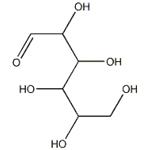
- 2025-11-29
- CAS:9000-11-7
- Min. Order:
- Purity: 0.99
- Supply Ability:
- Cellulose CM
-

- $3.00 / 25KG
- 2025-10-13
- CAS:9000-11-7
- Min. Order: 0.1KG
- Purity: 99%
- Supply Ability: g-kg-tons, free sample is available
- Carboxymethyl cellulose
-
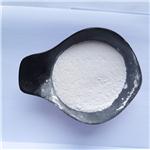
- $0.00 / 1KG
- 2025-06-27
- CAS:9000-11-7
- Min. Order: 1KG
- Purity: 99%
- Supply Ability: 500000kg




